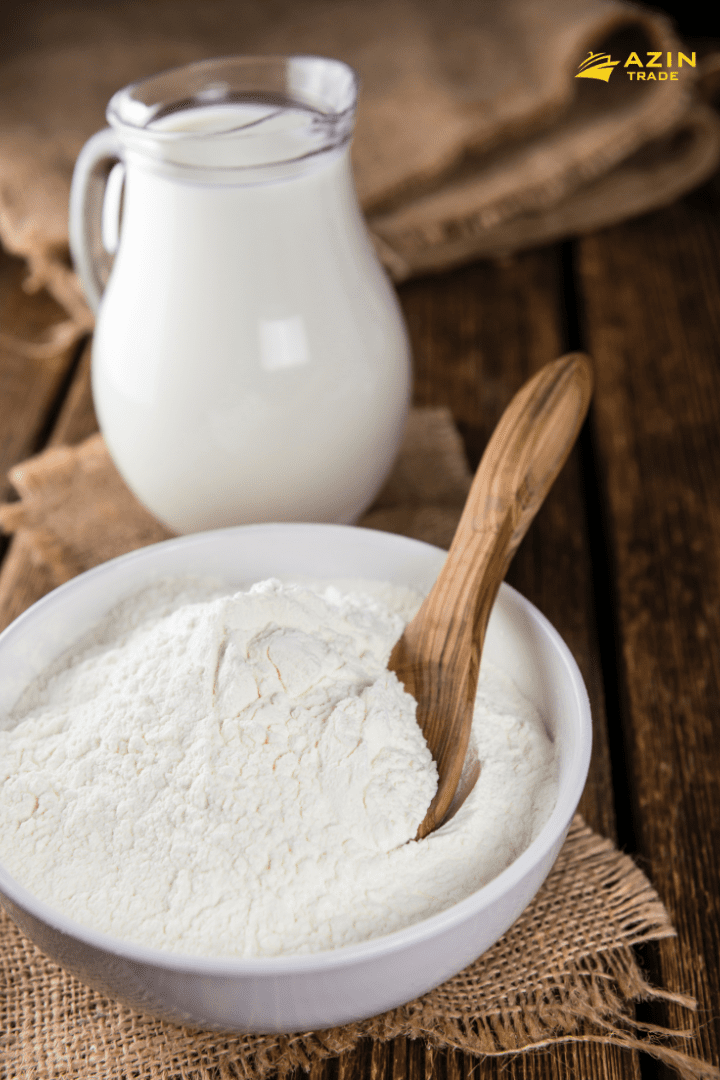
cheese manufacturing
cheese manufacturing
The Art and Science of Cheese Manufacturing
Introduction
Cheese, a beloved dairy product enjoyed worldwide, undergoes a fascinating journey from milk to flavorful blocks or wheels. This comprehensive blog post delves into the intricate process of cheese manufacturing, exploring its history, modern techniques, types of cheese, and the industry’s economic impact.
1. History and Evolution of Cheese
- Origins: Discuss the ancient origins of cheese-making, dating back thousands of years.
- Development: Trace the evolution of cheese-making techniques across different cultures and regions.
- Technological Advances: Explore how modern technology has influenced cheese production efficiency and quality.
2. Basic Principles of Cheese Manufacturing
- Milk Selection: Explain the importance of milk quality and composition in cheese-making.
- Coagulation: Detail the process of coagulating milk to form curds, including the role of rennet and other coagulants.
- Curding and Cutting: Describe the curd formation and cutting process, crucial for separating curds from whey.
3. Cheese-Making Processes and Techniques
- Cheese Types: Introduce different types of cheese based on their texture, flavor profiles, and aging processes (e.g., soft, semi-soft, hard, blue-veined).
- Pressing and Molding: Discuss how cheese curds are pressed into molds to shape them into desired forms.
- Salting: Explain the role of salting in cheese-making for flavor enhancement and preservation.
4. Maturation and Aging
- Aging Rooms: Explore the conditions required for aging cheese, including temperature, humidity, and ventilation.
- Microbial and Enzymatic Action: Discuss how bacteria, molds, and enzymes contribute to the development of cheese flavor and texture.
- Affinage: Detail the art of affinage, where cheese is carefully aged and refined by expert affineurs.
5. Quality Control and Food Safety
- Regulatory Standards: Highlight international standards and regulations governing cheese production and safety.
- Quality Assurance: Explain how cheese manufacturers ensure consistent quality through rigorous testing and inspection processes.
- Hygiene Practices: Discuss hygiene protocols essential for preventing contamination during cheese production.
6. Economic Impact and Industry Insights
- Global Production: Analyze major cheese-producing regions and countries worldwide, including production volumes and trends.
- Market Dynamics: Explore consumer preferences, market trends, and the economic impact of cheese production on local and global economies.
- Challenges and Innovations: Discuss challenges faced by the cheese industry, such as supply chain disruptions, and innovations driving industry growth.
7. Sustainability Practices in Cheese Manufacturing
- Environmental Impact: Evaluate the environmental footprint of cheese production and efforts to reduce it.
- Waste Management: Discuss strategies for minimizing waste and maximizing resource efficiency in cheese manufacturing.
- Community Engagement: Highlight initiatives promoting sustainable practices and supporting local communities involved in cheese production.
8. Future Trends and Innovations
- Technology Advancements: Explore emerging technologies shaping the future of cheese manufacturing, such as automation and precision fermentation.
- Health and Wellness: Discuss consumer demand for healthier cheese options and innovations in low-fat or lactose-free cheeses.
- Cultural and Culinary Trends: Analyze how changing consumer preferences and culinary trends influence cheese production and innovation.
Conclusion
In conclusion, cheese manufacturing is a blend of tradition, science, and innovation, producing a diverse array of flavors and textures enjoyed globally. This blog post has provided a comprehensive exploration of the cheese-making process, from historical roots to modern practices, economic impacts, sustainability efforts, and future trends. For continued insights into the world of cheese, stay tuned to our blog for updates and in-depth analyses.




